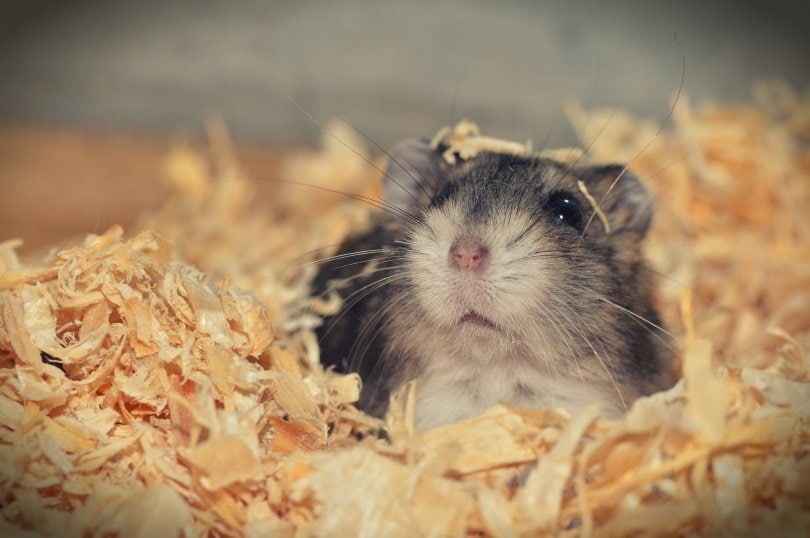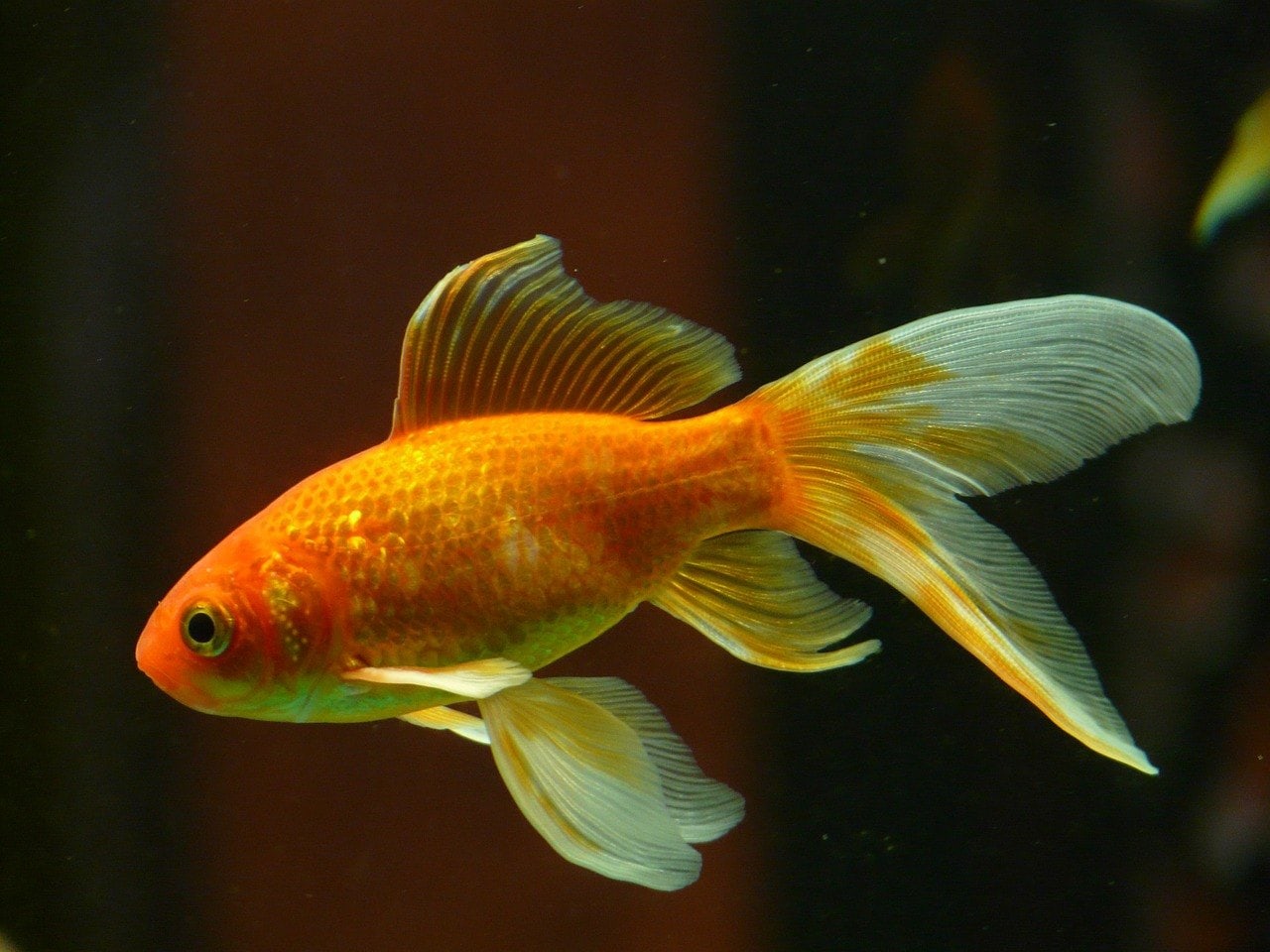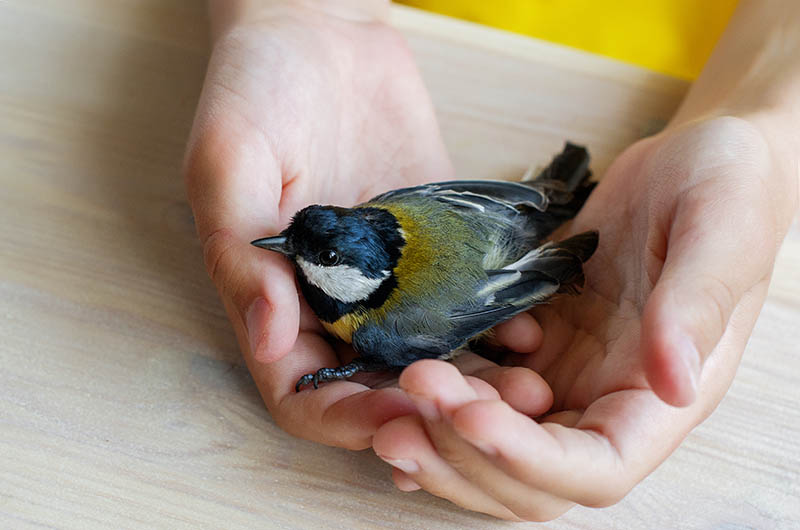Click to Skip Ahead
In addition to being a safe place for your hamster to dig and burrow into for warmth, bedding does double duty as your hamster’s bathroom, too. It’s an essential element for your hamster’s cage, so what can you do if you run out and don’t have anywhere nearby to buy more?
There are several safe and effective DIY hamster bedding options that you likely have in your home right now. Read on to discover novel ways of preparing everyday household items, transforming them into cost-effective alternatives to store-bought hamster bedding and some alternatives you absolutely must not use.
The 5 Hamster Bedding Alternatives
1. Shredded Cardboard
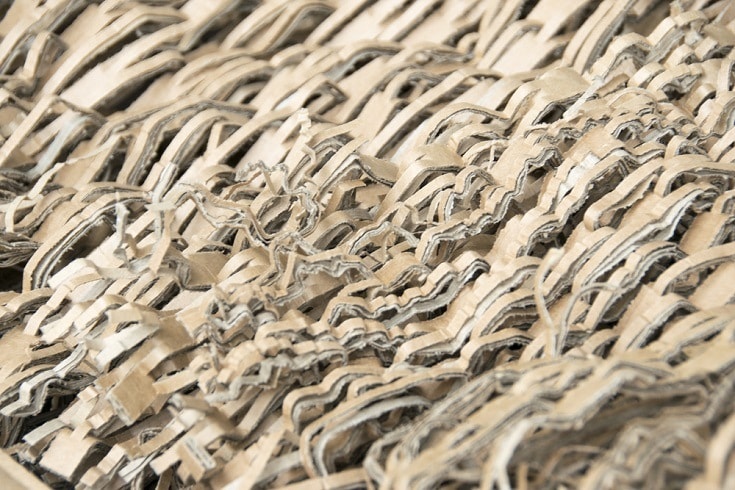
One of the simplest and most readily available options for replacing your hamster’s bedding, shredded cardboard, can come from any plain boxes you receive in the mail. While you can start the shredding process with scissors, we recommend finishing it by hand to avoid leaving any sharp edges. Discard any cardboard laminated or processed with ink and remove all labels before shredding.
2. Shredded Paper
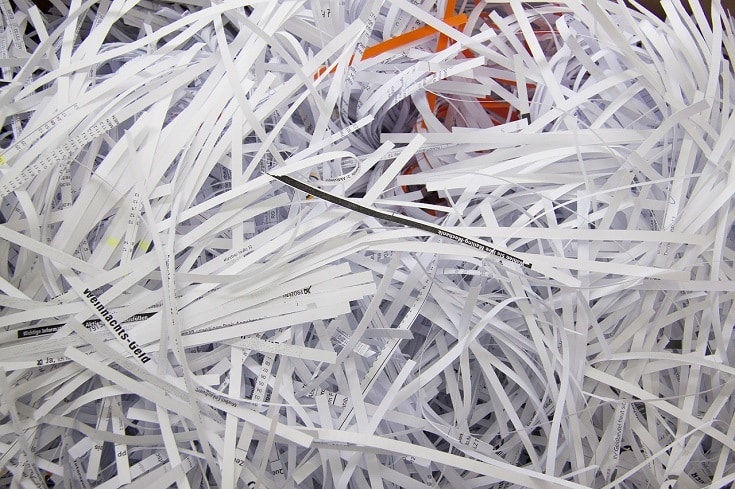
Any unbleached source of paper that hasn’t been printed on can be a great source of hamster bedding. In a pinch, feel free to shred up toilet paper, paper towels, or napkins to create a soft and absorbent bedding for your pet. You can use the extra napkins from takeout or delivery orders.
3. Hay
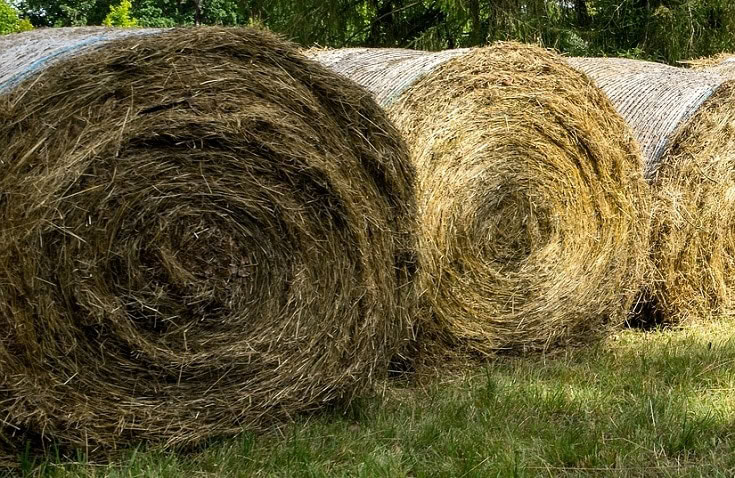
Good quality, fresh hay should already be a regular part of your hamster’s diet. But you may not have noticed that once it’s been out for a few days, most hammies will turn their nose up at the “stale” hay. This is perfectly fine, as you can easily save it and reuse it as a source of bedding when in need.
4. Paper Pulp
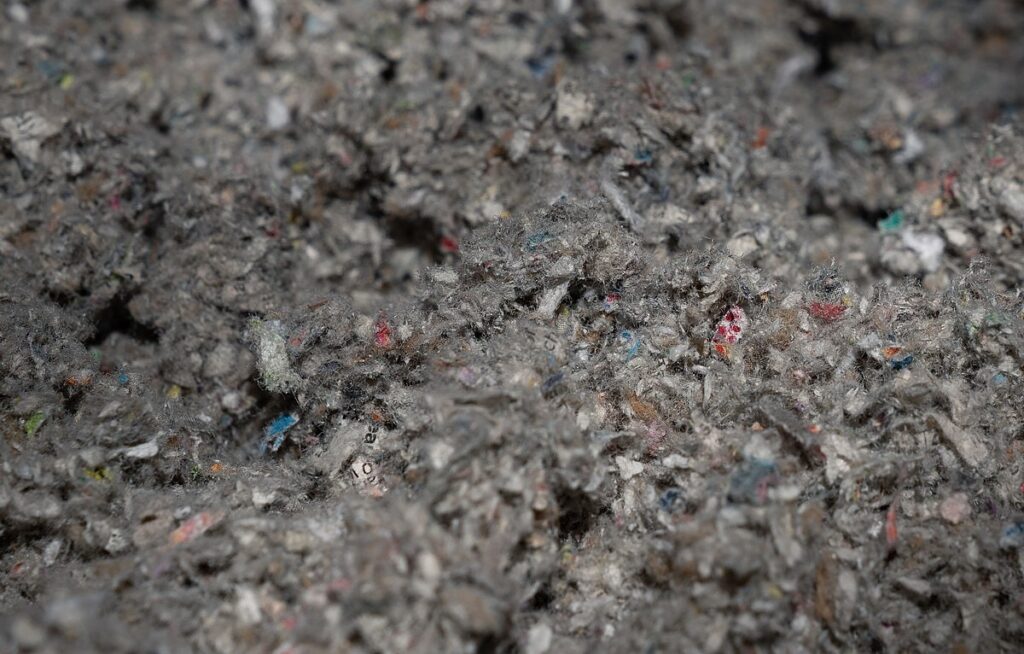
If you’re ready for a bigger and more time-consuming project that will give you all the hamster bedding you could possibly need, making your own paper pulp can be a significant cost-saver. Watch this video from Victoria Raechel on YouTube for a full breakdown of how to make your own DIY hamster bedding.
5. Newspaper

A common, everyday newspaper should be used as a last resort for hamster bedding, as the ink can easily rub off on their fur and cause irritation. It’s unlikely to cause any serious problems or at least no more serious than if your hamster had to go without bedding, but it should not be used any longer than necessary.
What NOT to Use for Hamster Bedding
Three less common household items should not be used for hamster bedding, under any circumstance. These are:
- Cat litter is far too dusty for your hamster’s respiratory system to deal with and will quickly lead to infections. If ingested, it also runs the risk of blocking your hamster’s digestive system.
- Softwood shavings, especially cedar and pine, contain volatile oils that are especially harmful to small animals (including hamsters). Avoid them at all costs, and ensure that any commercial bedding you buy does not use softwoods as part of its recipe.
- Corn cob is sometimes marketed as a low-cost alternative for animal bedding, but it is doubly problematic because it is non-absorbent and runs the risk of digestive problems if eaten.
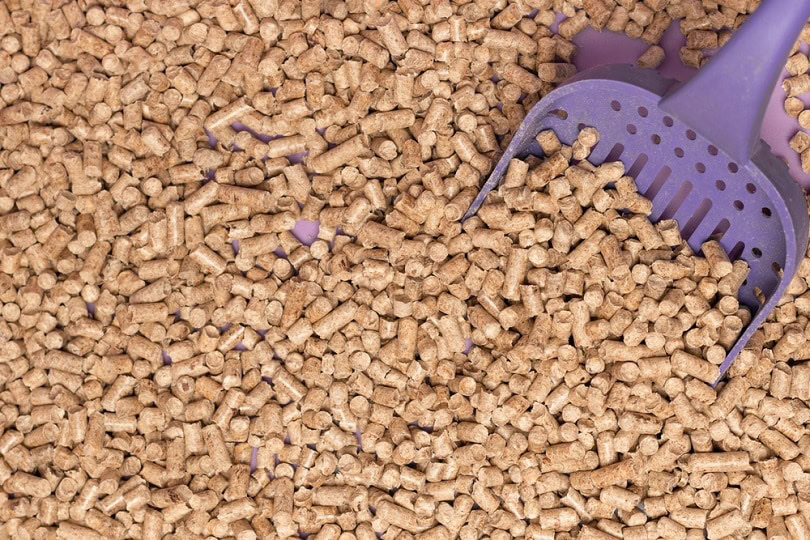
How to Choose Safe Bedding for Your Hamster
Hamsters rely on a generous layer of bedding in their cage for most daily activities. From using the bathroom to hiding their food to burrowing and creating warm spots for the winter, you’ll see your hamster interact with its bedding at every hour of the day.
That’s why you’ll need to look for the following three qualities in any material you choose to use for hamster bedding:
- Absorbent materials will do a better job of holding in your hamster’s urine, preventing messes, and extending the time you can go between full cage cleanings.
- Dust-free bedding is especially important for hamsters, as their burrowing habits predispose them to respiratory issues. Avoid anything that produces fluff or dust, which can enter your hamster’s nose and mouth and cause respiratory infections.
- Chemical-free materials ensure your hamster won’t harm themselves by accidentally ingesting toxins. Watch out for ink, especially as it can bleed onto your hamster’s skin and cause irritation.
Conclusion
With a small application of extra time, thought, and effort, you can easily prepare various alternatives for your hamster’s bedding. Because it’s so essential to their health and happiness, we recommend always having a backup plan that will keep your hamster’s cage fresh, clean, and sanitary. And with the options on this list, you should be fully prepared to do so!
Featured Image Credit: Martin Javorek, Pixabay
